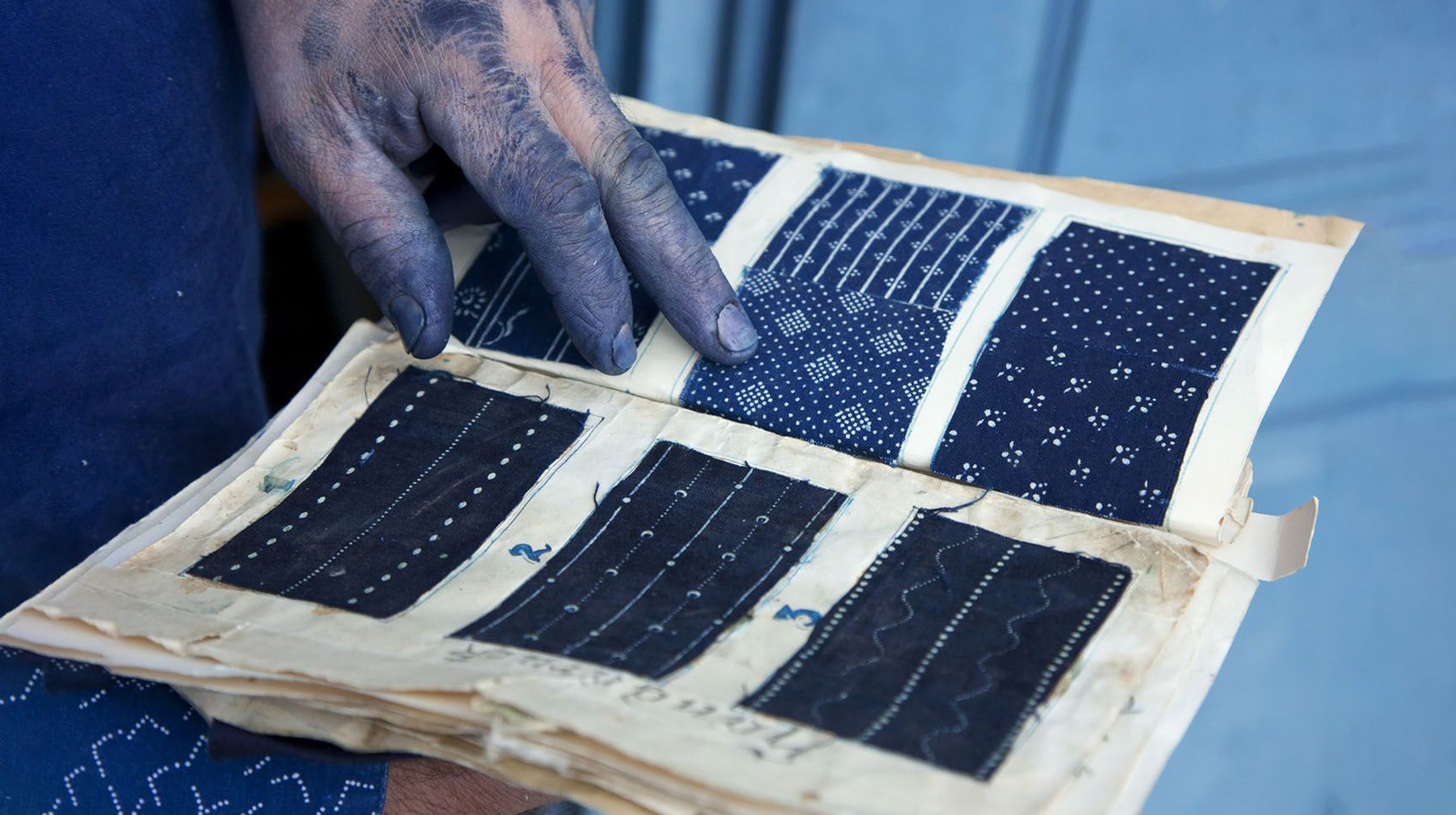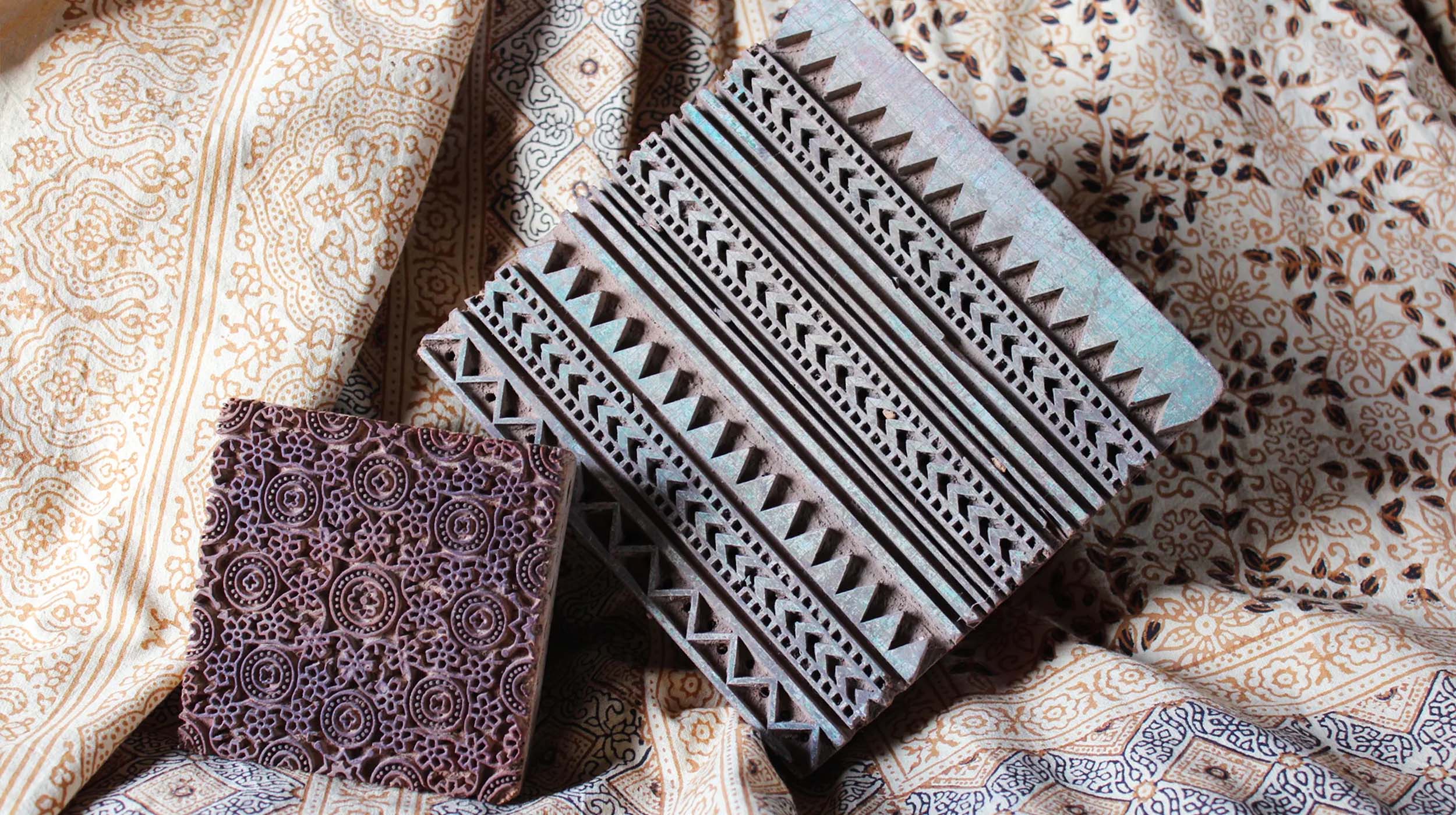Optimal Care for Your Garments: A Guide
Consumers often express concerns about specific issues related to cotton fabrics, especially in the context of block-printed ethnic wear. These issues include:
- Shrinkage
- Color fading and bleeding
- Fabric deterioration over time
Let’s learn valuable tips and techniques to ensure your garments and fabrics are well-maintained for long-lasting quality.
1. Hand-wash separately in cold water
The most effective method for cleaning your clothes is hand-washing with cold water. It is recommended to wash different sets of laundry separately and avoid mixing garments during the washing process. It's important to be aware that color bleeding can occur not only with new garments but also with older ones. Therefore, regardless of the age of the garment, always wash them separately using cold water.

Why do we recommend washing garments separately by hand in cold water?
Hand-blocked garments are prone to bleeding due to natural processes. The primary purpose of recommending a separate hand wash is to prevent color transfer onto other garments. Color bleeding occurs when dye leaches from wet fibers. Washing a cotton garment in a machine with warm water can lead to excessive color bleeding and damage. It is advised to refrain from rubbing the garment, as it can intensify color bleeding.
2. Avoid soaking your garment
Customers often make a common mistake when washing hand-block printed garments by soaking them in water before washing. However, it is strongly discouraged to soak your garments prior to washing, as this significantly raises the risk of color fading for hand-blocked cotton and chanderi garments. Instead, it is recommended to skip soaking and use an appropriate detergent to address any stain spots during the washing process. This practice helps maintain the garments' new and beautiful appearance for an extended period.

3. Dry in Shade
Drying garments in the shade is advisable to shield them from the potential damage by direct sunlight. Exposure to sunlight can result in color fading and gradual deterioration of the fabric. The UV rays in sunlight can be particularly harsh, impacting the vibrancy and strength of the fabric. Additionally, it is recommended to turn your garments inside-out during the drying process to prevent color loss in the printed areas. This practice helps maintain the integrity of the colors and extends the overall lifespan of your garments, ensuring they stay vibrant and in good condition for an extended period.

4. Gentle Ironing
It is advisable to refrain from ironing directly onto garments adorned with block-prints, delicate embroidery, or similar embellishments. To preserve the integrity of these intricate details, it is recommended that such clothing items be delicately turned inside out before undergoing the ironing process. By adopting this precautionary measure, you ensure a gentle and mindful approach, preventing any potential damage to the decorative elements while maintaining the overall quality of the fabric.

Just a quick reminder: Follow these four basic steps, and you're good to go.
1. Hand-wash separately in cold water.
2. Avoid soaking your garment.
3. Dry in Shade.
4. Gentle Ironing.
By the application of the above the guide and steps, we’re sure that your garments will last for an extended period of time. Every garment at Cott-Fab Creations is a product of genuine care and devotion. We sincerely hope your enjoyment wearing it matches the heartfelt effort we put into its creation!


